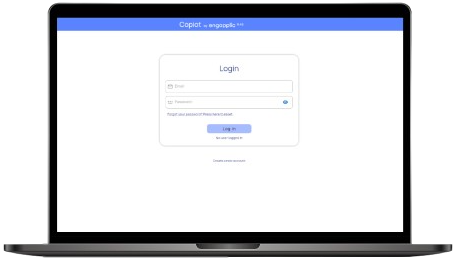IIoT - Industrial Internet of Things
What are the benefits of IIoT? How do I implement IoT?
Unlock the potential of IIoT - Industrial Internet of Things - and take your business to the next level of efficiency and productivity. Discover in this guide how to strategically implement IoT to optimize your operations and achieve success in the digital era.
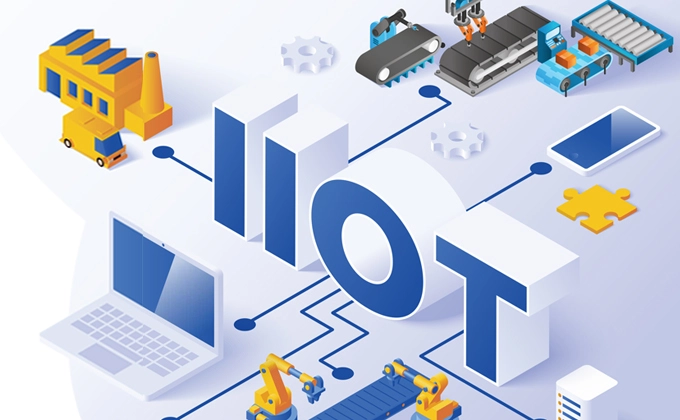
Basic concepts
What is IoT / IIoT?
IoT – Internet of Things
IIoT – Industrial Internet of Things
In this article, IIoT and IoT will be referred to interchangeably, although IIoT and IoT are different in their applications, both share a solid foundation: data collection and analysis.
How does IoT / IIoT work?
To summarize, IoT is based on the collection of data through sensors, the pre-processing of this data at the gateway for efficient transmission, encryption to maintain information security, and the use of cloud services for storage, processing and advanced analysis, with the aim of obtaining useful knowledge and making informed decisions. All this leads to a higher level of automation, efficiency and improvement in various fields, from industrial applications to solutions for intelligent systems.
IoT Elements
In this section, we will explore the fundamental components that converge in an IoT system. From the smart devices that capture data to the gateway, which connects them to the power of the cloud. We will discover how this synergy creates an amazing technological ecosystem and will redefine the way we interact with the world.
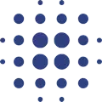
Devices / Sensors
Devices and sensors are responsible for measuring and quantifying physical measurements and transforming them into digital values.
We can classify devices into two distinct categories. On the one hand, there are standard devices, which are not designed to connect directly to the cloud. This is the most common option for most of the sensors that exist today and are still in use.
On the other hand, IoT-Ready devices are emerging, ready for direct connection to the cloud, without usually requiring a gateway or edge device. These devices have direct connection systems to the Internet, such as NB-IoT or 3G/4G/5G networks, allowing them to operate more autonomously and to leverage the power of IoT at its best.

Gateway
The gateway, in general, is a computer in charge of communicating with the devices, pre-filtering the data, encrypting it and communicating with the cloud.
The gateway, that key piece in the IoT fabric, stands as a powerful intermediary between devices and the cloud. With the skill of a master communicator, its role is essential: to establish the connection bridge with the devices, pre-filter and streamline the collected data, ensure encryption to safeguard security, and finally, in an unparalleled step, transmit that valuable information to the cloud. This is where its full potential unfolds, enabling intelligent data storage, analysis and processing. With an efficient gateway, IoT becomes a symphony of technology, propelling the world into an era of automation and smarter decisions.

Cloud
In the context of IoT, the “cloud” refers to an online platform where data from smart devices is stored, processed and analyzed for valuable information accessible from anywhere.
The gateway, that key piece in the IoT fabric, stands as a powerful intermediary between devices and the cloud. With the skill of a master communicator, its role is essential: to establish the connection bridge with the devices, pre-filter and streamline the collected data, ensure encryption to safeguard security, and finally, in an unparalleled step, transmit that valuable information to the cloud. This is where its full potential unfolds, enabling intelligent data storage, analysis and processing. With an efficient gateway, IoT becomes a symphony of technology, propelling the world into an era of automation and smarter decisions.
What do I get with IIoT?
With IIoT (Industrial Internet of Things), you get a revolution in industry. Improved efficiency, real-time monitoring and decision making based on accurate data. You optimize production, reduce costs and increase safety. Machine and system connectivity provides greater visibility and control, resulting in increased competitiveness and a smarter, more automated future. IIoT opens doors to new business opportunities, from predictive maintenance to product and service customization. It is a journey towards a smarter and more connected industry, driving innovation and transforming how we work, produce and create value in the modern business world.
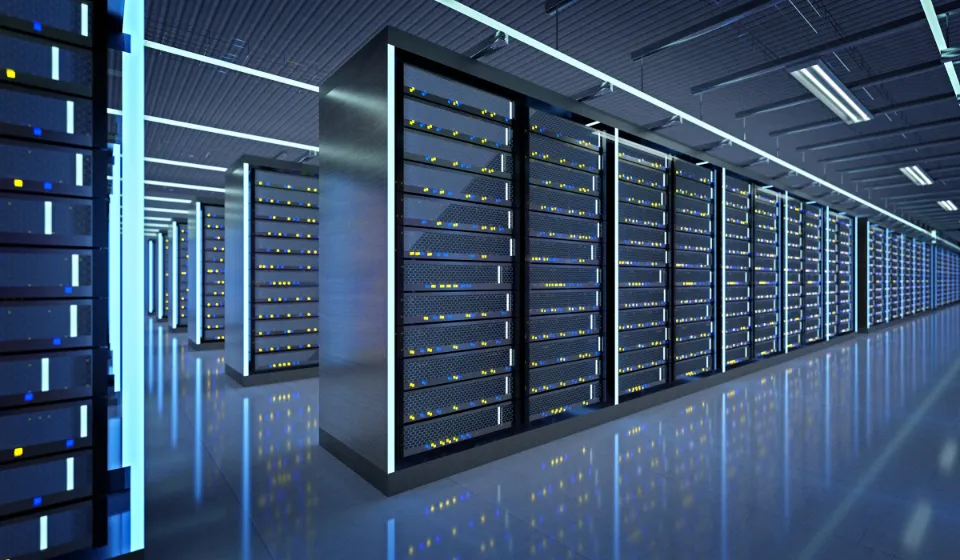
Historical
IoT securely stores historical data in the cloud, enabling remote and flexible access anytime, anywhere. With 99.99% availability, it ensures that data is always available for analysis and informed decision making, driving efficiency, control and innovation across diverse industries and applications.
Graphs and monitoring
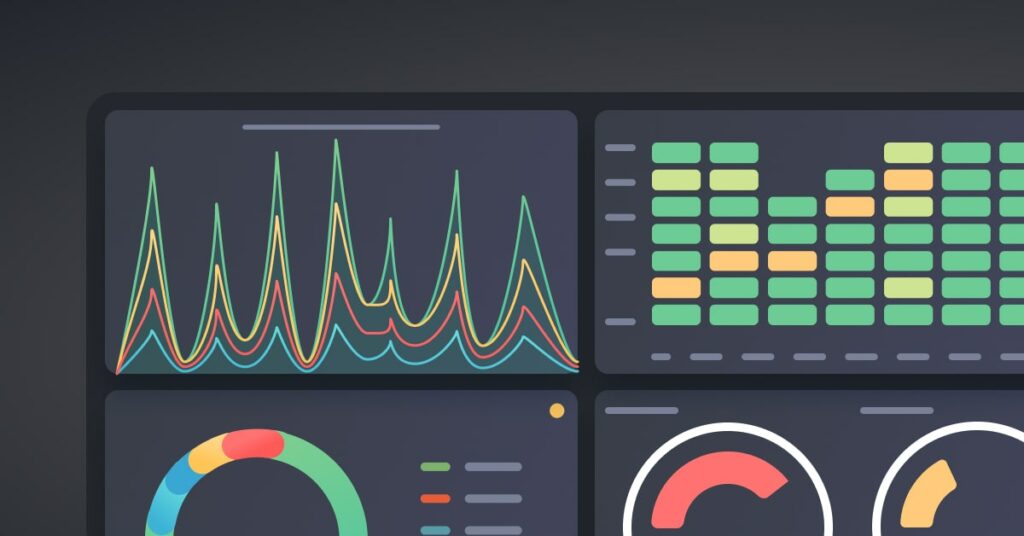
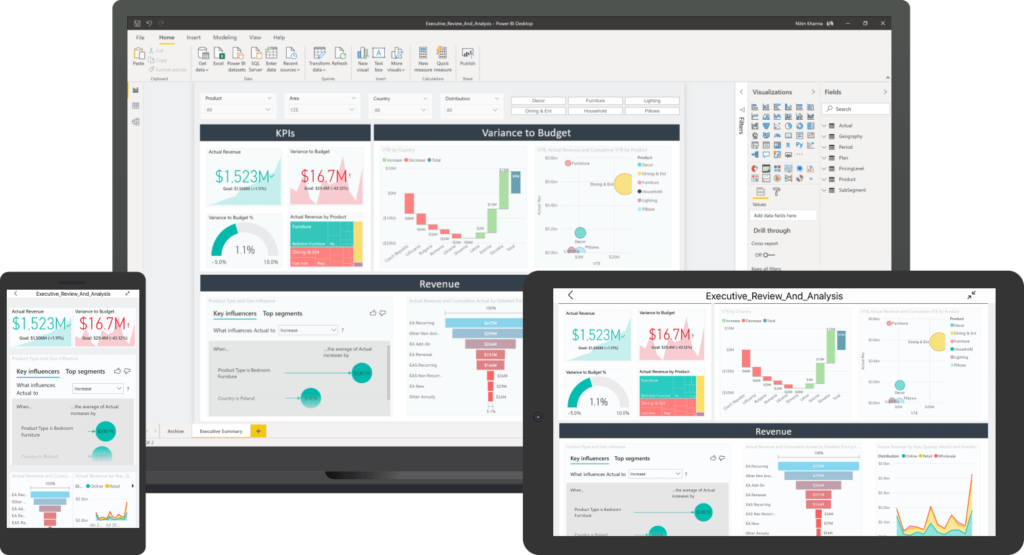
Business Intelligence
The combination of Business Intelligence (BI) and IoT offers a powerful driver for informed decision making. With tools such asPower BI or QuickSight, raw IoT data is transformed into valuable visual insights. Intuitive, real-time visualization makes it easy to understand trends and patterns, leading to quick identification of opportunities and challenges. Problem detection is streamlined, quality is improved and competitive advantage is achieved. In addition, intelligent and automated reporting adds efficiency and accuracy to the presentation of results, providing comprehensive and insightful analysis. BI and IoT, an unstoppable alliance that drives business success to new heights.
Predictive Maintenance, ML, IA
Predictive Maintenance, machine learning and inteligencia artificial in conjunction with IoT and cloud data storage offers a powerful synergy to optimize various aspects. Predictive maintenance makes it possible to foresee failures and plan interventions before they occur, reducing costs and increasing efficiency. Machine learning and artificial intelligence analyze large volumes of data in real time, identifying patterns and trends to make smarter decisions. Processes are optimized, product quality is improved and innovation is driven. The ability to remotely access data in the cloud enables agile management and informed decision making, creating an advanced and competitive technology ecosystem.
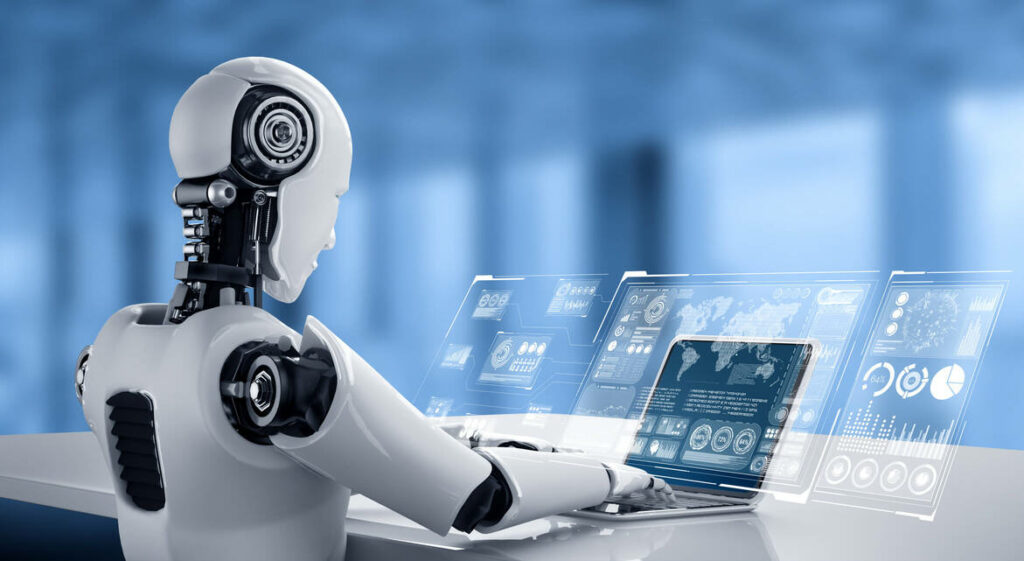
How do I implement IIoT?
We understand you, the theory is very good, but you are wondering how to apply all this to your needs… We will try to give you a brief guide of steps to follow and in some generic cases. However, we will publish specific cases to help you and inspire you.
What do I need?
Although it may seem obvious, it is necessary to initially consider exactly what I need, what I want to obtain. Do I need to optimize costs or production? Improve quality or traceability? Reduce non-productivity due to stoppages?
With the objective clear, we can begin to unpack the system a bit:
- What systems, machines or sensors are involved in the process.
- What is involved in the system: sensors, devices, scadas, applications, etc.
- How are these sensors or devices (do they have to be incorporated or do they already exist, communication protocols, etc.).
How do I connect?
Once we have decided which sensors, devices, systems or applications we need to connect to the cloud, we will look at options for connecting the devices and implementing IIoT.
Manufacturers platforms
If you are going to make a new installation, where you are going to buy new sensors and they will all be from the same manufacturer, it is undoubtedly a good option. It is one of the fastest ways to connect devices to the cloud, although as we will see it has its limitations.
The vast majority of sensor manufacturers today offer their own cloud platform where you can view IoT-Ready sensors.
PROS
- Simple: easy to implement, manufacturers usually provide easy to use software.
- Economic: Manufacturers usually provide partial layers free of charge.
- Robust: Since the entire system is from the same manufacturer, there are usually few maintenance problems.
CONS
- Limited: Restricted to devices and APIs from the same manufacturer, you will not be able to view or connect devices from other brands, manufacturers or third party APIs.
- Data ownership: You do not own the generated data, the data is stored in the manufacturer’s cloud.
- Delegated security: Security and encryption is delegated to the standards offered by the manufacturer’s cloud system.
- Dependency: You depend on the manufacturer’s services, both in terms of availability and price. The manufacturer can decide to modify the price and/or availability and you will not be able to port your system to another platform.
There are some platforms that are not from manufacturers, but are specialized platforms in specific niches, such as for example the monitoring of energy consumption and generation. These types of platforms are recommended if your requirements for flexibility, security and ownership are not very demanding, as they allow you to accelerate the process, especially at the data processing level once the data is in the cloud. Many of these platforms provide systems to communicate with other cloud platforms.
Tailor-made infrastructure
A tailored implementation, adapted to specific customer requirements, provides flexibility in choice of sensors, cloud platform and configuration. Although highly flexible, it is not a perfect solution, as it may require additional effort in integration and maintenance. However, this customization allows the customer to achieve unique objectives and optimize processes. Consideration of potential challenges and additional costs is key to balancing the advantages of flexibility with the limitations inherent in a custom approach. Custom implementation is a powerful option to adapt to specific customer needs in the dynamic world of IoT.
In general, companies turn to external consultancies to carry out this type of implementation, since it requires several different professional profiles from different fields, such as software engineers, engineers specialized in communications, cloud architects, etc.
PROS
- Flexibility: Adapts precisely to the customer’s requirements and needs.
- Total control: Provides greater control over system design and configuration.
- Customization: Allows to choose components, connectivity and cloud platform according to preferences.
CONS
- Cost: It is the most expensive solution as it is a 100% customized solution.
- Time: Implementation takes longer due to the customization and adjustments required.
- Maintenance: Support and maintenance can be more complex due to customization.
- Complexity: Requires a deep understanding of the customer’s needs and the technology involved.
Engapplic proposal: CopioT
CopioT is an innovative SaaS that simplifies IoT deployment. With its powerful platform, you can configure and connect IoT devices quickly and easily. Monitor and manage your devices in real time, leveraging the secure and scalable infrastructure of leading cloud platforms, AWS and Azure. CopioT provides a seamless and hassle-free experience, allowing enterprises and developers to focus on realizing the full potential of IoT. With CopioT, the path to effective and successful IoT is at your fingertips – discover a new dimension of efficiency and control!
PROS
- Efficiency and ease of use: Allows connecting devices with minimum time and effort.
- Scalability: Allows to expand and modify the IoT system implemented according to the needs.
- Cost: It is the most efficient solution in terms of quality-price-flexibility.
- Security: It uses the leading cloud platforms, without intermediaries, obtaining the service directly from the cloud provider, without intermediaries.
CONS
- Limitation: Some complex customizations may require additional human intervention.
- Ownership: Ownership is 100% transferable, but has an additional cost.
- Capacity: The IoT system that can be deployed is limited to the services that SaaS implements.
- Adaptation: Although intuitive and without the need to know how to program, you must familiarize yourself with some concepts and the interface.
